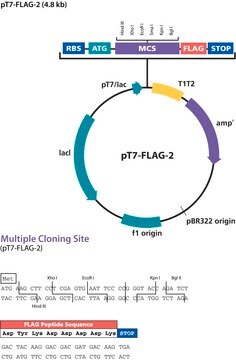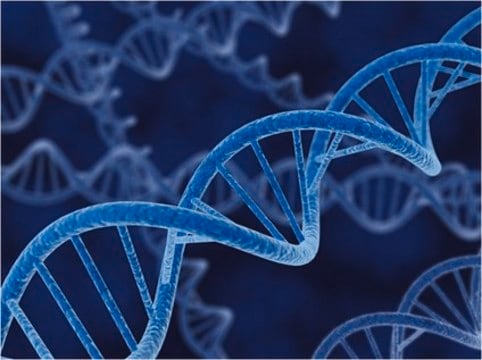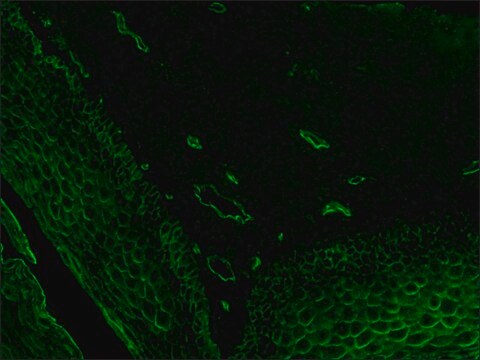OGS93
PSF-CMV-NH2-HA-EKT-NCOI - N-TERMINAL FLU HA TAG PLASMID
plasmid vector for molecular cloning
Sinonimo/i:
cloning vector, expression vector, molecular cloning vector, plasmid, plasmid vector, snapfast vector, vector
About This Item
Prodotti consigliati
Tag
Hemagglutinin A (HA) tagged
Forma fisica
buffered aqueous solution
PM
size 4265 bp
Selezione batterica
kanamycin
Origine di replicazione
pUC (500 copies)
Clivaggio proteico
no cleavage
Posizione del tag peptidico
N-terminal
Promotore
Promoter name: CMV
Promoter activity: constitutive
Promoter type: mammalian
Gene reporter
none
Condizioni di spedizione
ambient
Temperatura di conservazione
−20°C
Descrizione generale
Promoter Expression Level: This plasmid contains the mammalian CMV promoter to drive gene expression. We have tested all of our mammalian promoters in a range of cell types and CMV is consistently the strongest in those we have studied. However there are many reports of the CMV promoter demonstrating silencing by methylation in long-term culture.
Applicazioni
There is a start codon in the NcoI site can be removed by digestion with KpnI if required. The MCS for gene insertions extends from NotI to XbaI however the tag resides between the NotI and HindIII sites. There are Shine-Dalgarno sequences and KOZAK sequences aligned with the start codon of the peptide tag.
The ClaI to NheI sites have other functions such as adding C-terminal peptide tags second promoters or IRES expression components. The BsgI and BseRI restriction sites cleave within the stop codon in the XbaI site and allow the retrospective fusion of C-terminal peptide tags sequences if the stop codon is placed in this position.
Sequenza
Risultati analitici
Prodotti correlati
Codice della classe di stoccaggio
12 - Non Combustible Liquids
Punto d’infiammabilità (°F)
Not applicable
Punto d’infiammabilità (°C)
Not applicable
Certificati d'analisi (COA)
Cerca il Certificati d'analisi (COA) digitando il numero di lotto/batch corrispondente. I numeri di lotto o di batch sono stampati sull'etichetta dei prodotti dopo la parola ‘Lotto’ o ‘Batch’.
Possiedi già questo prodotto?
I documenti relativi ai prodotti acquistati recentemente sono disponibili nell’Archivio dei documenti.
Il team dei nostri ricercatori vanta grande esperienza in tutte le aree della ricerca quali Life Science, scienza dei materiali, sintesi chimica, cromatografia, discipline analitiche, ecc..
Contatta l'Assistenza Tecnica.








